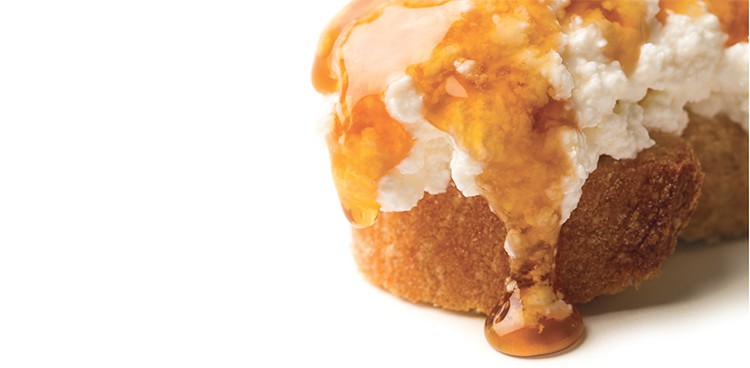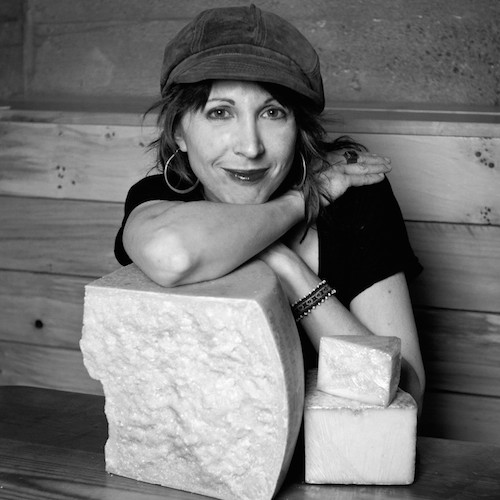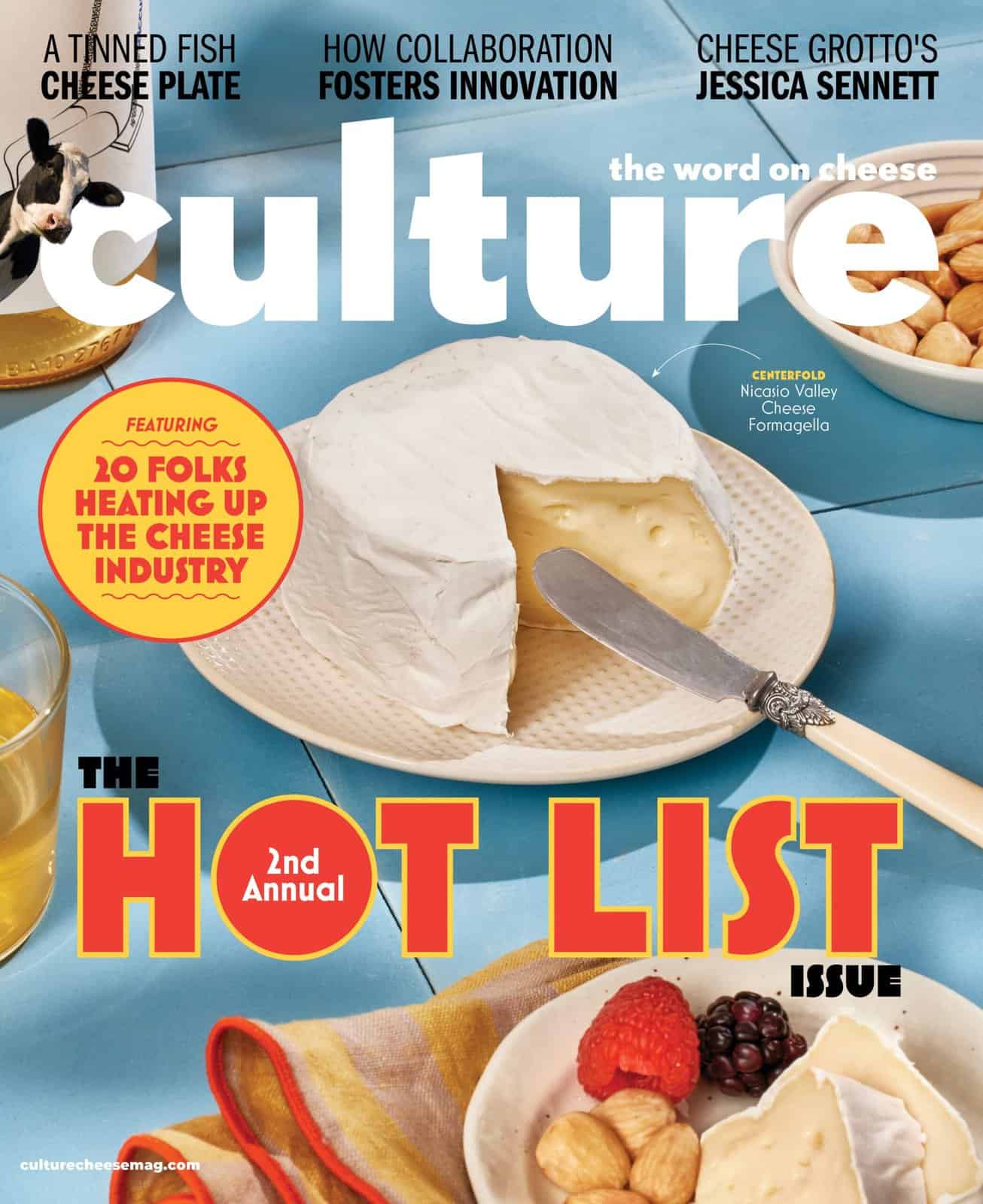
Want some cheese, honey? Of course you do. Few foods are more compatible than these two products, which both achieve their flavor profiles in a roundabout way via plants.
Honey’s taste comes in part from the type of plant nectar harvested by bees, which is determined by their flying radius (roughly two miles). After the nectar is deposited into honeycomb, enzymes in the bees’ saliva transform it into the viscous sweet liquid we know and love. Wild bee colony honey can be harvested, but the honey we find on the retail shelf or at the farmers’ market typically comes from hives set up by beekeepers in locations that make it possible to obtain varietals (produced from nectar with specific origins, such as clover or orange blossom).
Just as you would do when pairing cheese with fruit, make sure to keep a honey-and-cheese coupling balanced. Match the intensities, and if possible, flavors. A classic can’t-fail combo is citrus and fresh cheese (chèvre especially).
Honey can add either a refined or a rustic touch to a cheese plate, depending on how it’s served. Whether you drizzle it on a shard of well-aged Parmigiano Reggiano or serve it in a vintage teacup alongside a wedge of salty blue cheese, “liquid gold” will make your cheese board seem … pretty sweet.
Floral
When honey has a floral note, it can range from delicate and perfumed (such as the Deep South’s famous Tupelo blossom variety) to bold and syrupy. For pairings in this category, think of matching intensities (lighter cheese, lighter honey) or sharing terroir (both from the same location). For instance, a pairing of lavender- and espresso-rubbed cheese with lavender honey from the same region of Utah (the “Beehive State”) does terroir proud. Try one of the following four:
Beehive Cheese Co. Barely Buzzed + The Honey Jar Raw Lavender Honey
Fruition Farms Sheep’s Milk Ricotta + Bee Raw Orange Blossom Honey
Chèvréchard Clochette + Savannah Bee Co. Tupelo Honey
Rembrandt Extra Aged Gouda + Big Island Bees Macadamia Nut Blossom Honey
Fruity
For honeys that exhibit fruit-driven flavors, use seasonality as a guide. In early summer, honeys with delicate flavors (like those derived from wildflower or blackberry) pair wonderfully with fresh, soft cheeses and stone fruit like cherries or nectarines. The deeper, more complex flavors of honeys from the blossoms of fall produce like pumpkin can stand up to earthier, firmer cheeses, and fruit like apples or pears. Try one of these three:
Ulceby Grange Farm Lincolnshire Poacher + Ballard Bee Co. Wildflower Honeyflower Honey
Redwood Hill Farm & Creamery California Crottin + Marshall’s Farm Pumpkin Blossom Honey
Jasper Hill Farm Harbison + Flying Bee Ranch Blueberry Honey
Herbal
Many a cheese has flavors of wild herbs or seasonal grasses. That’s why herbaceous honeys are a natural on the cheese plate. Consider pairing soft or aged goat’s and sheep’s milk cheeses with herbal honeys made from the pollen of rosemary or thyme. Grassy notes in honey highlight the same characteristics in cheeses made with beta-carotene-rich milk, which is inherently linked to the pasture the animals feed on. These three pairings are hard to beat:
Fleur du Maquis + Qupia Greek Thyme Honey
Ibores + ADI Apicoltura Rosemary Honey
Uplands Cheese Co. Pleasant Ridge Reserve + Backyard Bees LLC Emily’s Gold Honey
Assertive
Some honeys, especially chestnut and eucalyptus, are often described as “medicinal.” They’re an acquired taste, and they require careful pairing. The Penicillium roqueforti mold used in most blue cheeses is the ticket. For smoky honeys, consider a similarly smoky cheese. And for deeply rich honeys with distinctive flavors, try to match intensities. Try one of the four intense combos below:
Gabriel Coulet Roquefort + Lo Brusc Châtaignier
Rivers Edge Chèvre Up in Smoke + Turkey Hill Apiary Bourbon Barrel-Aged Honey
Abbaye de Belloc + Al-Andalus Avocado Blossom Honey
Majorero, Pimenton + Gretchen Bee Ranch Mesquite Honey
HOW TO TASTE:
When serving liquid honey with cheese, it’s usually best to keep the two separate, so guests can have a hand in how they want to pair the two elements. You can taste the honey first to get a better sense of its flavor profile. Then, try both components as one by drizzling a small amount of honey atop a slice or spoonful of cheese. Repeat as often (and using as much honey!) as you like.






